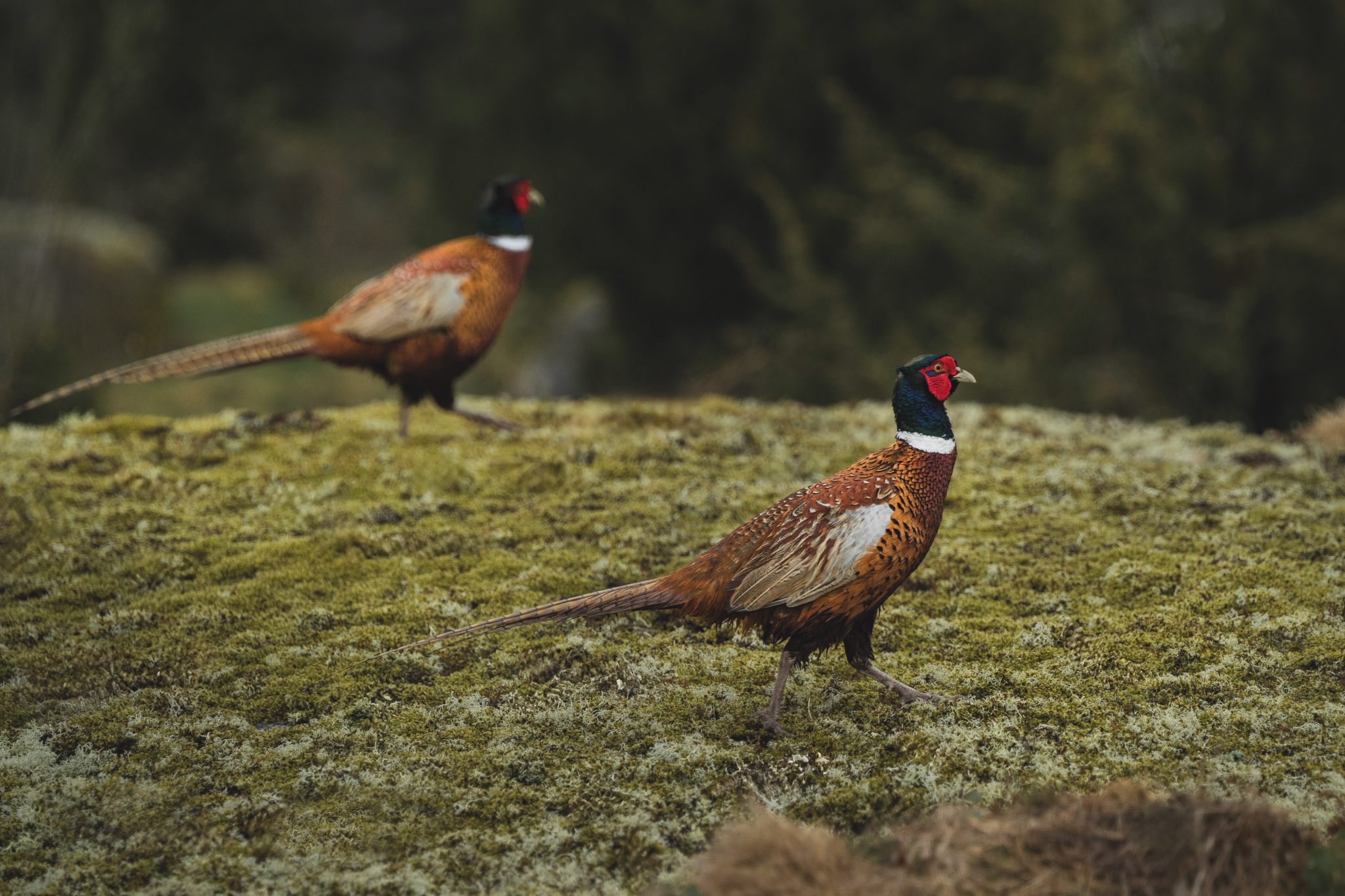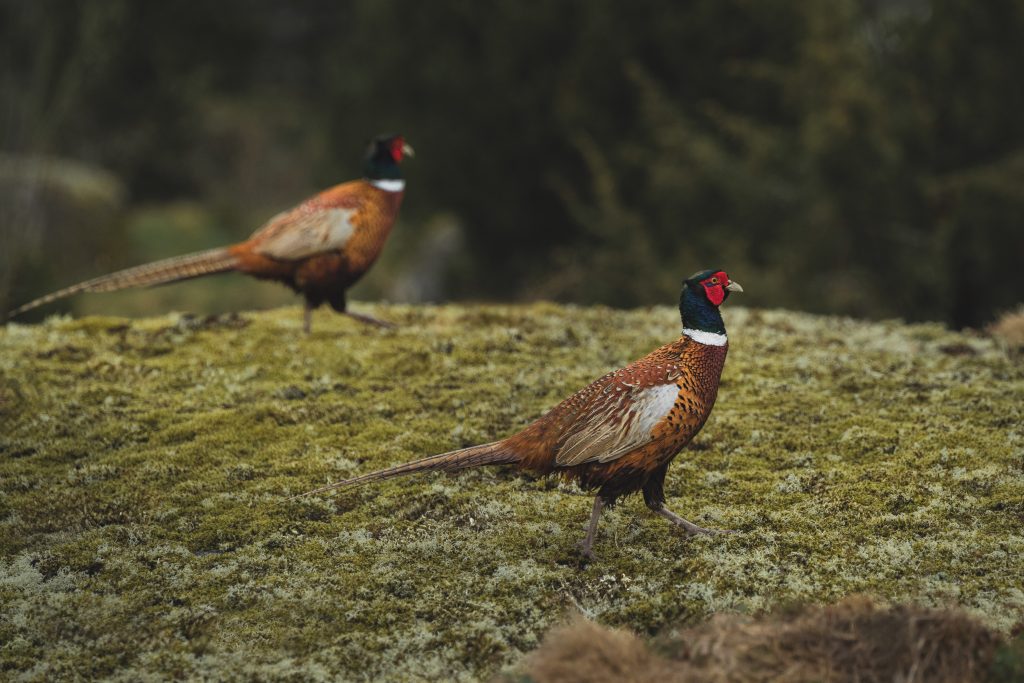Win CENS ProFlex DX5 earplugs worth £1,149 – enter here
Small tortoiseshells
<strong>Q) After two summers when I hardly saw a single small tortoiseshell butterfly, they are suddenly back in good numbers. What caused their disappearance, and their welcome return? R. COLLINS Somerset</strong>

A) A nasty parasite (Sturmia bella) was the reason for the huge decline of the small tortoiseshell butterfly throughout much of the UK. This parasite is a tachinid fly that parasitises this butterfly, laying its eggs near the small tortoiseshell’s caterpillars on nettles. The unsuspecting caterpillar ingests the egg, which then develops within the caterpillar, killing its host.
Sturmia bella spread to the UK from the Continent at the start of this century, and soon halved the small tortoiseshell population. However, it seems that this parasite doesn’t like cold winters, which allows the butterflies a reprieve and a chance to rebuild their numbers. The small tortoiseshell is a highly successful and prolific butterfly, and has been quick to recover.
Related Articles
Get the latest news delivered direct to your door
Subscribe to Shooting Times & Country
Discover the ultimate companion for field sports enthusiasts with Shooting Times & Country Magazine, the UK’s leading weekly publication that has been at the forefront of shooting culture since 1882. Subscribers gain access to expert tips, comprehensive gear reviews, seasonal advice and a vibrant community of like-minded shooters.
Save on shop price when you subscribe with weekly issues featuring in-depth articles on gundog training, exclusive member offers and access to the digital back issue library. A Shooting Times & Country subscription is more than a magazine, don’t just read about the countryside; immerse yourself in its most authoritative and engaging publication.







